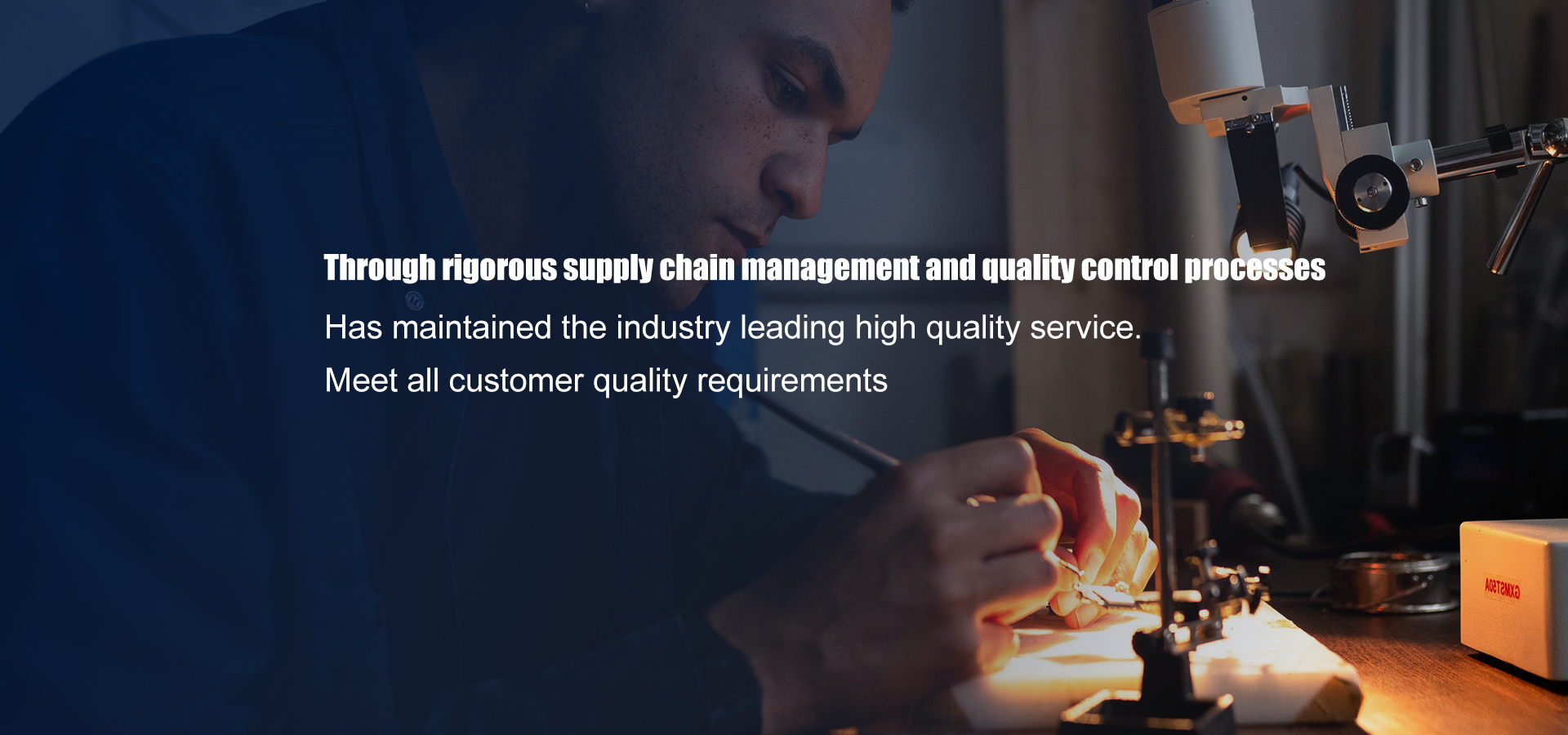

"Original Factory Traceability" promises quality and trust. But in reality, its meaning is often unclear. This creates hidden risks in your supply chain. For manufacturers, understanding this is very important. It is key to building a strong and optimized supply chain.
The Two Sides of Traceability: Ideal vs. Reality
Real traceability offers a perfect digital thread. It can track a component from the wafer to the final product. This is the ideal standard for quality and risk management.
The reality is different. Gray markets, fake parts, and forged labels are common. The word "traceability" can become an empty promise. This risk is highest for obsolete or hard-to-find parts. The cost? Product recalls, damage to reputation, and safety failures.
A New View on BOM Optimization: Use Traceability as a Risk Filter
Traditional BOM optimization focuses on cost and consolidation. This is not enough anymore. You must make verifiable traceability a core part of your strategy.
Use a Tiered Management Strategy
Not all components need the same level of traceability. Sort your BOM based on how critical each part is.
Tier A (High Criticality): Processors, sensors, power modules. You must use authorized sources and demand full verification.
Tier B (Medium Criticality): Standard ICs, common MCUs. Use certified distributors. Ask for complete supply chain documents.
Tier C (Low Criticality): Resistors, capacitors. Focus on whether they meet specs. Cost can be the main priority.
Calculate the Real "Cost of Traceability"
Non-authorized channels may save 10-30% per unit. But the hidden risks are much higher.
You must consider these costs:
More money spent on inspection and quarantine.
Risk of production line stoppages.
Cost of end-market product recalls.
Use a Total Cost of Ownership (TCO) model to optimize your BOM. Do not just compare unit prices.
Embed Traceability Early in Design
Materials engineers must set requirements at the design stage. Work closely with R&D teams:
Choose parts with stable lifecycles.
Avoid part numbers known for high counterfeit risk.
Design for flexibility, allowing part substitutions.
Ask Questions and Verify
Demand continuous chain-of-custody documents. Do not accept just a photo of a label.
Use third-party lab testing for high-value parts. X-Ray and decapsulation are essential tools.
Use Technology for Transparency
Explore blockchain with suppliers who value transparency. It creates a permanent audit trail.
Use AI tools to compare part markings and packaging against real product databases.
Restructure Supplier Relationships
Build strategic partnerships with authorized distributors. Especially for Tier A items.
Grade independent distributors on their traceability processes. Do not choose them based on price alone.
Build Regional Strategies
Set up local verification near main factories. This shortens the quality feedback time.
For key parts, don’t rely on just one supplier. Build a diverse supply network to better handle risk.
"Original Factory Traceability" must be a practical framework. It is not just marketing talk. Make it part of your BOM strategy. Turn it into a measurable risk filter. This is how you build real cost advantage and market trust.
Audit your BOM strategy now. Does your traceability standard match your product risk? It is time to turn "trust but verify" into a measurable process.


